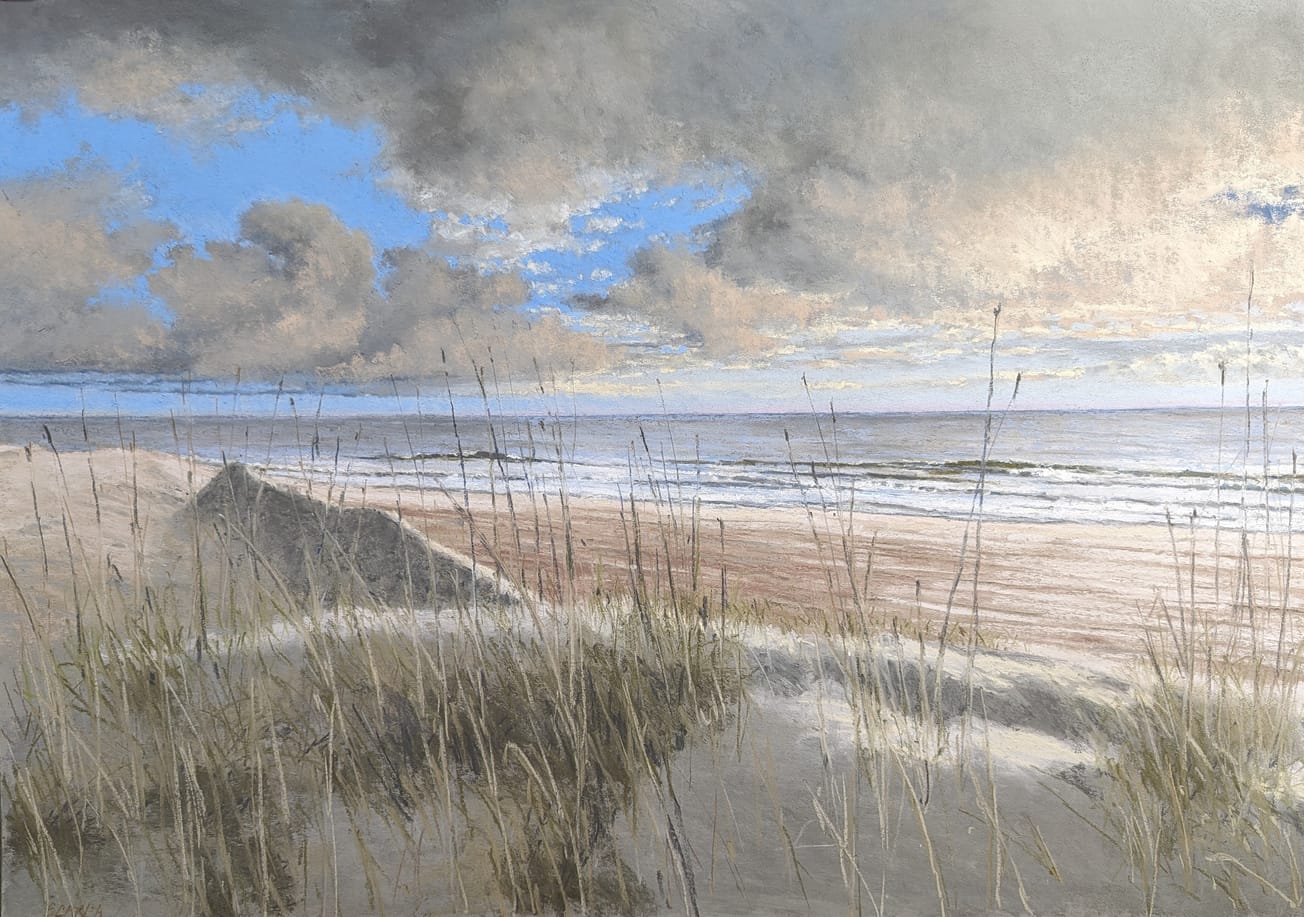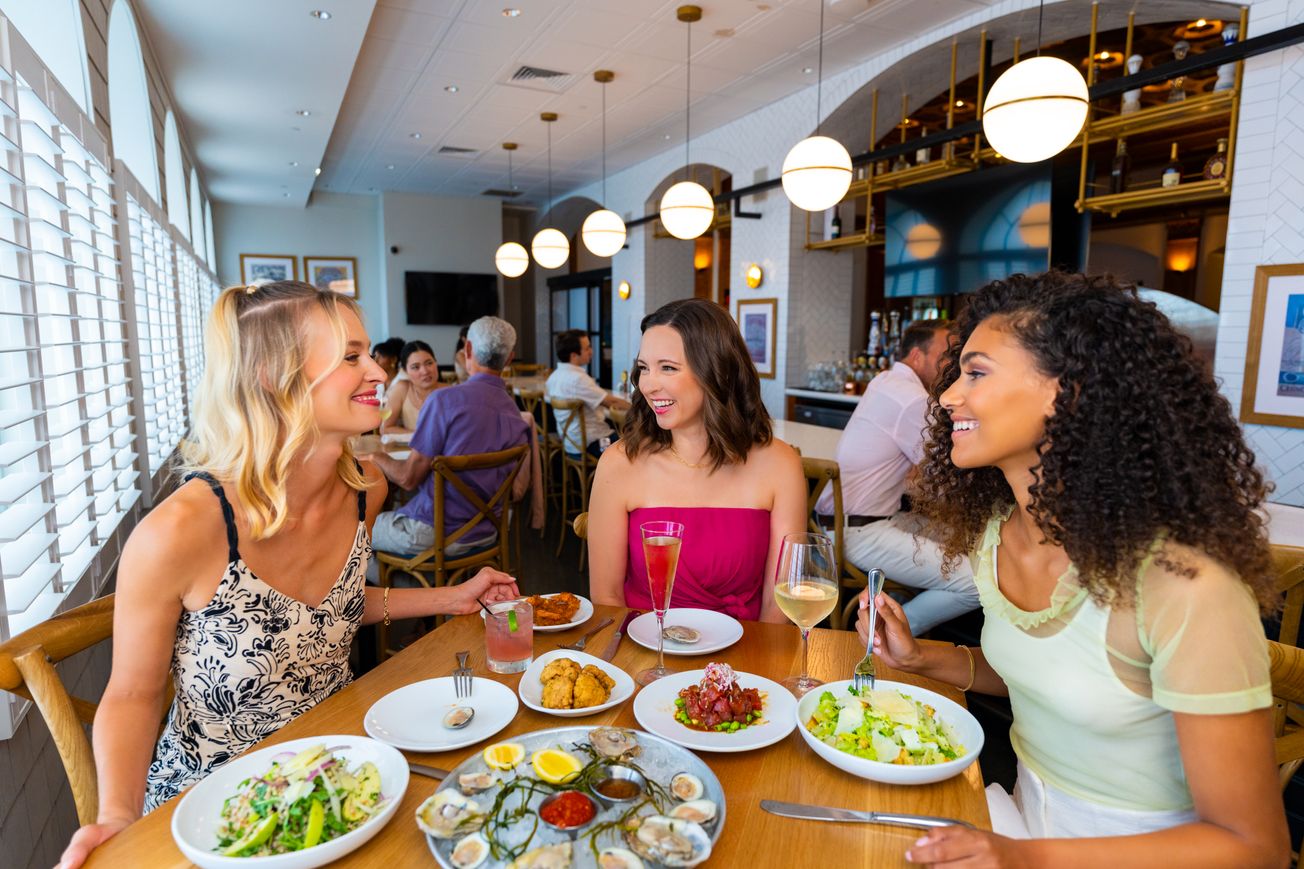By Michael Cagno
Artist W. Carl Burger was inspired by New Jersey’s landscape for many years and is reflected by numerous museum collections that house his work. Collections include the Butler Institute of American Art, The Morris Museum, The Noyes Museum, The New Jersey State Museum, the Newark Museum, and the Princeton University Art Museum.
As one of New Jersey’s most notable artists, Carl’s career spanned over five decades. The process of creating work that pushes the boundaries of the artist can be a frustrating experience, but that didn’t stop Carl. Known for constant explorations of the creative process, his large-scale abstract expressionistic watercolors have become a vehicle for his passion for the area’s landscape. The Tate Museum defines expressionist art as “the image of reality is distorted to make it expressive of the artist’s inner feelings or ideas.” As the paint dripped and splashed across the paper, there are no boundaries or edges. The colors flow across the paper with grace creating undulating forms and energy. The operatic compositions heighten the visual impact. Carl’s visual vocabulary is orchestrated through a delicate infusion of vivid hues, lines, and texture.
During the warmer months, Carl would often focus on painting with watercolors and oils, while during the colder months, he dedicated himself to drawing. The monumental watercolors, painted in en plein-air, highlighted here are full of gestural brushstrokes. At their core, a sense of authenticity in capturing the landscape. As you look deeper, the impression of spontaneity and improvisation becomes evident. The directness of color explodes across the paper emphasizing the immediacy of expression. En plein-air is a French used to describe the act of painting “in the open air.”
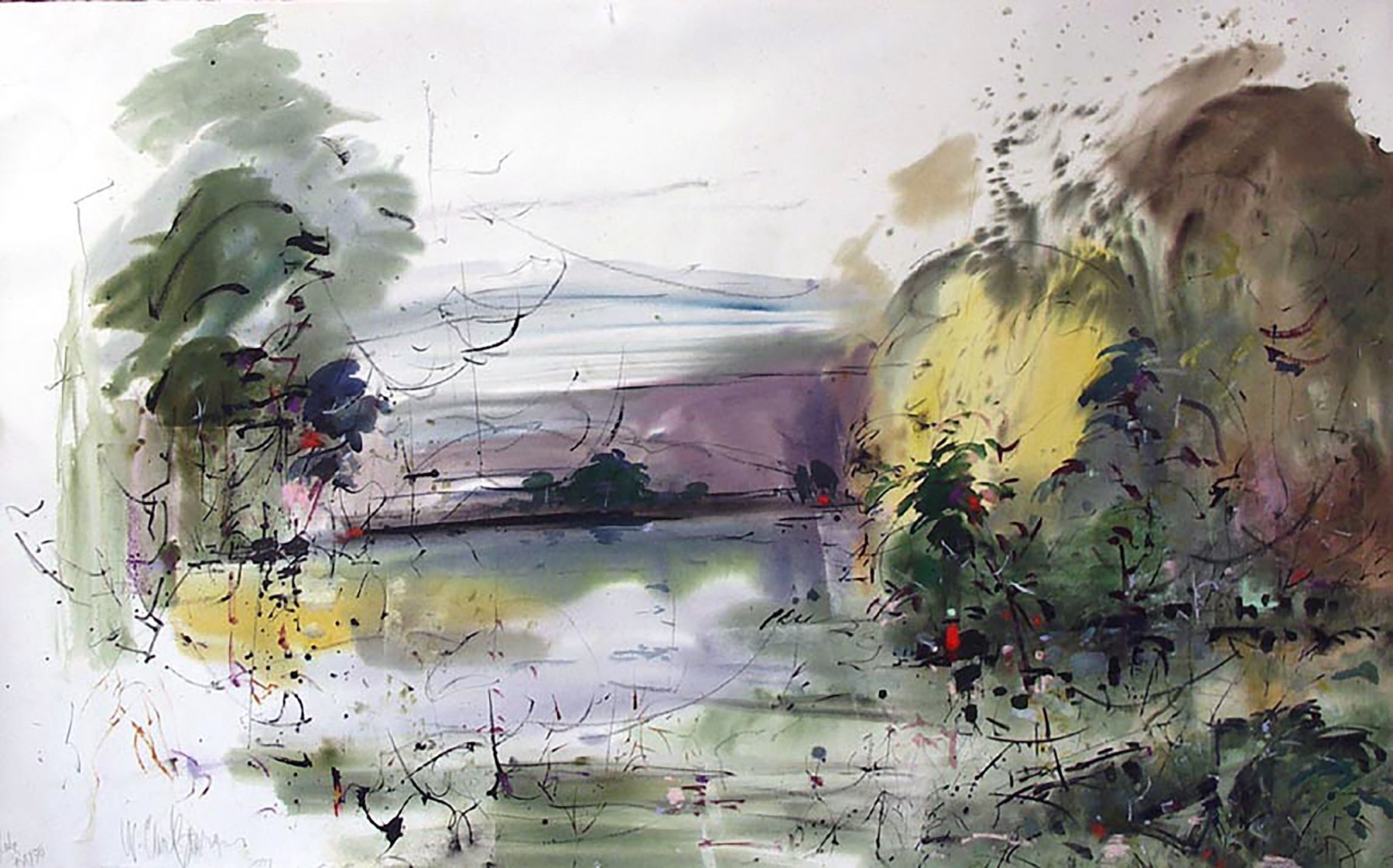
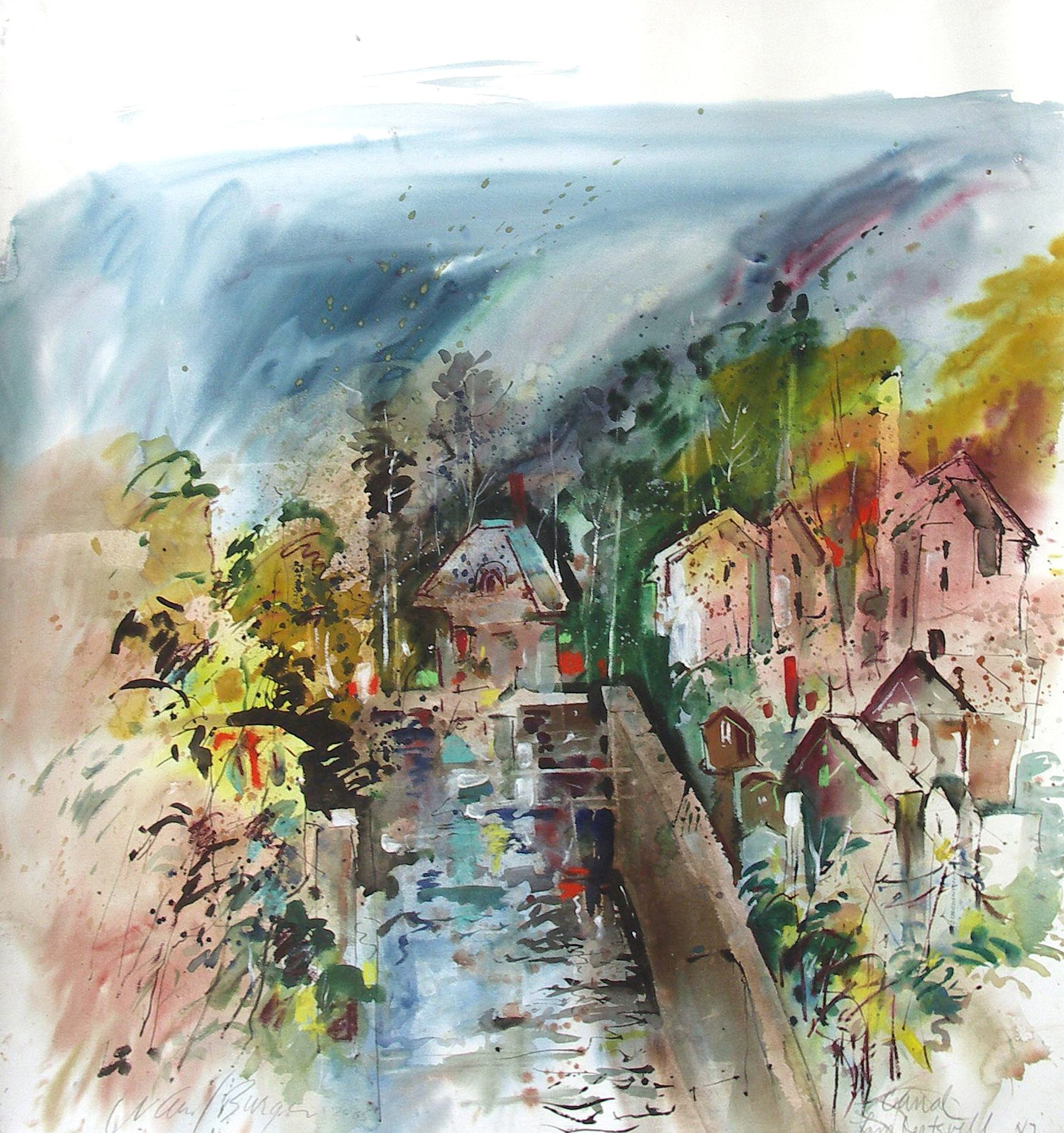
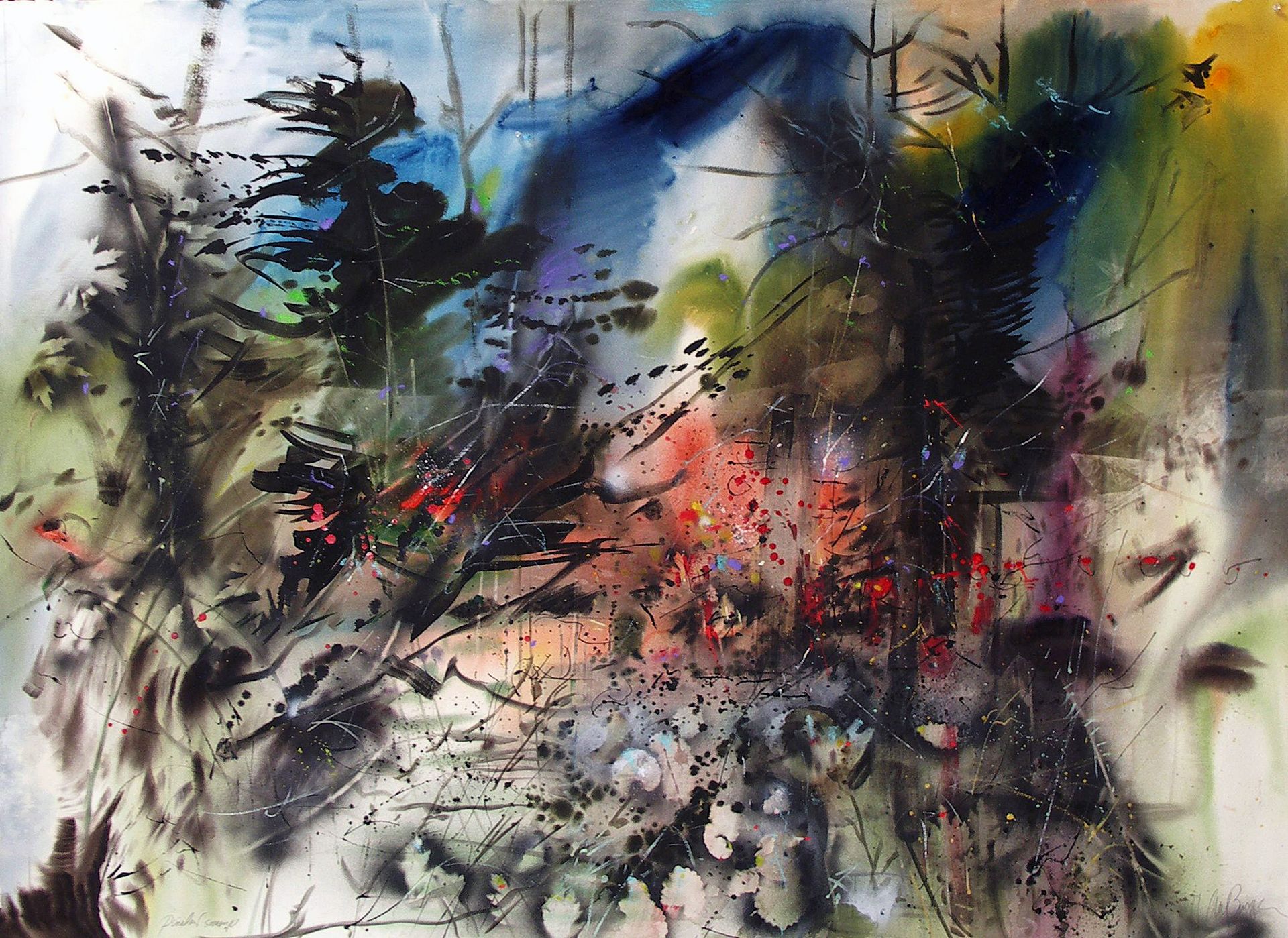
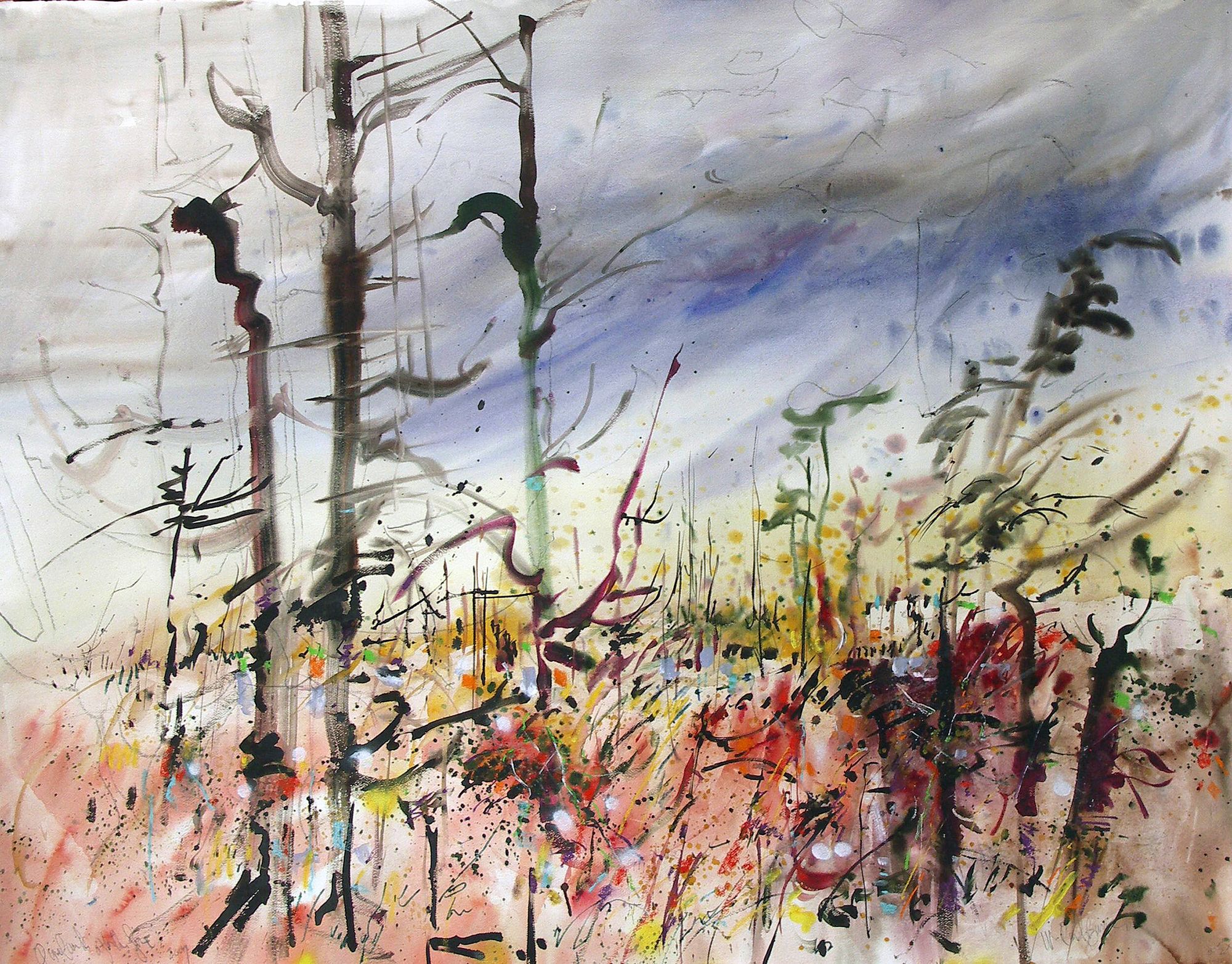
Working with water-based paints, such as watercolors, has its rewards but also challenges. Recognizing the duality of the medium, Carl mastered different techniques. Most paintings were completed during a single session while others took more. The two most direct methods used were washes and wet-on-wet techniques. The wash technique incorporated the intensity of the color to be adjusted by adding different amounts of water to the pigment on the brush. The wet-on-wet technique involved wetting the watercolor paper first, then applying the paint to the wet surface. This could be done by using a large brush or soaking the paper with a water bottle. Typically, this was done to complete large areas of the paper.
Born in Pforzheim, Germany in 1925 and emigrated with his parents to America in 1926, Carl was raised in Irvington, New Jersey. After serving in the army during World War II in Military Intelligence and being honorably discharged in 1946, he attended New York University, Columbia, Rutgers, and the Arts Student League receiving degrees in Fine Arts, Art Education, Painting, and Interior Design. In 1993 he retired as Professor Emeritus from Kean University in New Jersey.
Carl was known for his constant need for order and neatness. However, his personality exploded with life and joy. Over the years he established a large following, from students and friends to patrons. Once you conversed with Carl, he would forever impact your life.
Fellow New Jersey artist Mel Leipzig says, “Carl Burger’s art combines a love of nature with a strong feeling for abstraction, in particular Abstract Expressionism. The appeal of his work is, I believe, due to the almost wild, child-like vitality that he brings to the creation of his art.” Carl felt his best work was created when something took his mind and handed it over. Perhaps it was related to his enjoyment of nature.
The smell of the woods. Watching the leaves turn in motion. Following a stream. This pure connection between artist and nature guided Carl to create his monumental expressionistic watercolor landscapes. W. Carl Burger passed away earlier this year, but his spirit continues to impact many and his work will forever live on to be enjoyed.



